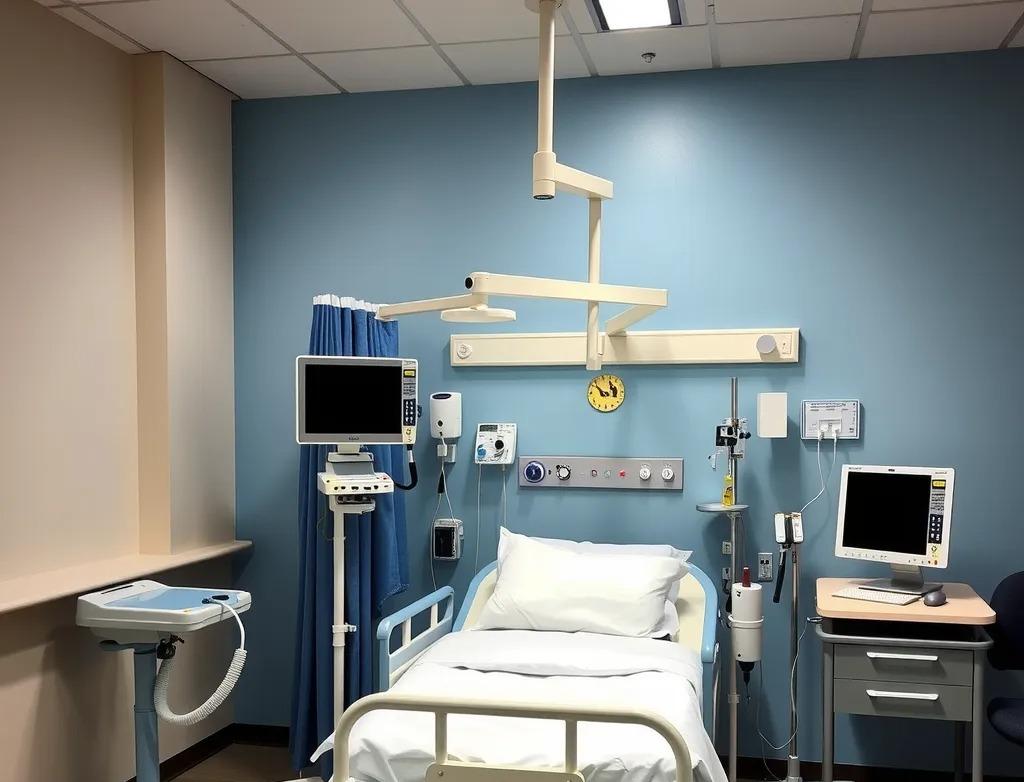Durable Medical Equipment (DME) requires consistent care to ensure performance and longevity. Whether you’re a manufacturer or end-user, understanding best practices for DME maintenance can extend equipment life and improve safety. Here, we’ll explore key maintenance strategies, common challenges, and how manufacturers and users can collaborate for optimal outcomes.
1. Introduction to Durable Medical Equipment (DME) and Its Maintenance Needs
Durable Medical Equipment encompasses a range of essential devices, from wheelchairs and hospital beds to ventilators and infusion pumps. Proper maintenance not only reduces the risk of malfunction but also ensures these devices continue to provide the reliable service that patients need.
Quick Fact: Studies indicate that preventive maintenance can extend the lifespan of DME by 20-30%, reducing the need for costly replacements or repairs.
2. Common Maintenance Challenges Faced by DME Manufacturers
Ensuring the consistent performance of DME involves overcoming several challenges. In this section, we compare key maintenance challenges for manufacturers and end-users alike:
| Challenge | Impact on Equipment | Recommended Solution |
|---|---|---|
| Wear and Tear | Reduced functionality and durability | Scheduled inspections and timely repairs |
| Compliance with Regulations | Risk of legal issues | Strict adherence to industry standards |
| Complex User Handling | Increased breakdowns | User training on proper handling |
| Variations in Equipment Usage | Faster wear in high-use environments | Adjust maintenance frequency accordingly |
Understanding these challenges helps manufacturers address weak points in both design and user guidance.

3. Best Practices for Maintaining Durable Medical Equipment
A. Set Up a Regular Maintenance Schedule
Establish a clear schedule based on the specific requirements of each type of equipment. For example:
- Weekly Inspections: Check for any visible damage or irregularities.
- Monthly Maintenance: Test core functions, replace any disposable components.
- Quarterly Deep Inspections: Disassemble and inspect internal parts for wear.
B. Train Staff on Proper Equipment Handling and Care
Misuse is a common cause of damage. For instance, wheelchairs often experience stress from improper folding. Training staff and users on correct handling and storage is crucial.
C. Follow Manufacturer’s Guidelines
Each piece of equipment comes with a manufacturer’s manual. Following these guidelines is essential for optimal performance.
Example: Philips' guidelines for ventilators emphasize regular filter changes to maintain airflow quality, which reduces strain on the motor.
4. Role of Manufacturers in Ensuring Equipment Durability
Manufacturers play a critical role in setting the standard for maintenance practices by designing durable products and offering comprehensive support. Here’s how manufacturers can support better maintenance practices:
Designing for Durability
- Use high-quality materials to withstand repeated use.
- Develop modular designs to facilitate repairs and parts replacements.
Providing Comprehensive Maintenance Manuals
- Detailed manuals help users and technicians perform routine maintenance confidently.
Offering Training Programs
- Offering hands-on training sessions or video tutorials ensures end-users handle equipment correctly.
Case in Point: A study published in Biomedical Instrumentation & Technology shows that regular training reduces user error by 35%.
5. Technological Advancements in DME Maintenance
Technology is transforming how DME is maintained, making it easier and more predictive.
| Technology | Benefit | Example |
|---|---|---|
| Internet of Things (IoT) | Predictive maintenance alerts | Sensors in hospital beds |
| Maintenance Management Software | Tracks maintenance schedules | CMMS (Computerized Maintenance Management System) |
| Advanced Materials | Reduces frequency of repairs | Use of anti-microbial materials |
Predictive maintenance with IoT can be a game-changer. For example, IoT-enabled hospital beds can alert staff when weight sensors detect unusual stress, prompting timely checks before any serious issues arise.
6. Regulatory Compliance and Its Impact on Maintenance Practices
Compliance with health and safety regulations is essential for manufacturers. Ensuring that maintenance practices align with regulatory standards protects users and builds brand credibility.
- FDA Requirements: DME in the U.S. must meet FDA standards for safety and efficacy.
- ISO Standards: ISO 13485 compliance is a common standard for medical device manufacturers worldwide.
Compliance Tip: Keeping records of all maintenance activities helps during regulatory audits and reinforces accountability.
7. Real-Life Case Studies: Effective Maintenance Strategies by Leading DME Manufacturers
Examining maintenance programs from leading DME manufacturers sheds light on effective strategies:
- Medline focuses on simplified disassembly designs, allowing quick inspections and repairs on parts like bed motors and side rails.
- Stryker uses high-durability materials in hospital beds, reducing maintenance frequency by up to 15%.
These examples demonstrate how strategic design choices can reduce the overall need for maintenance, ensuring better functionality and longevity.

8. Conclusion: Key Takeaways for Durable Medical Equipment Maintenance
Proper maintenance of DME is a shared responsibility among manufacturers, healthcare providers, and even patients in certain cases. Key takeaways include:
- Establishing and following a maintenance schedule based on the specific equipment type.
- Implementing regular training to reduce misuse and damage.
- Embracing technology like IoT for proactive maintenance.
- Ensuring all maintenance practices align with regulatory standards.
Encouragement: Working together, manufacturers and users can ensure that durable medical equipment remains safe, effective, and reliable over time. Building a culture of maintenance benefits everyone involved—from the providers to the patients who rely on these essential devices.
Final Thought
Maintaining durable medical equipment might seem daunting, but with the right strategies, you can keep your equipment in top shape, benefiting both your organization and the people who depend on it. Following these best practices will help achieve high standards in performance and patient care, building trust and reliability in your brand.